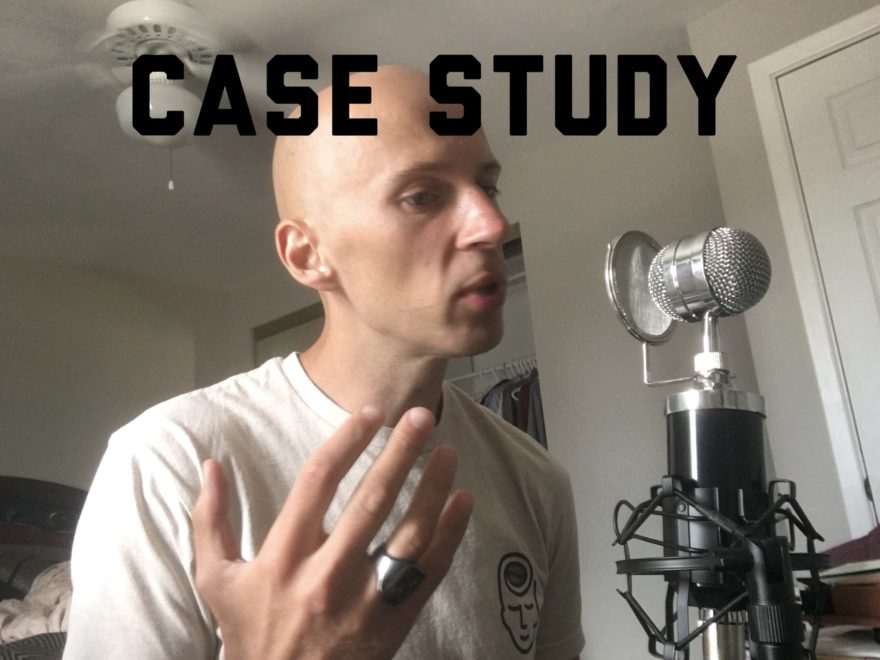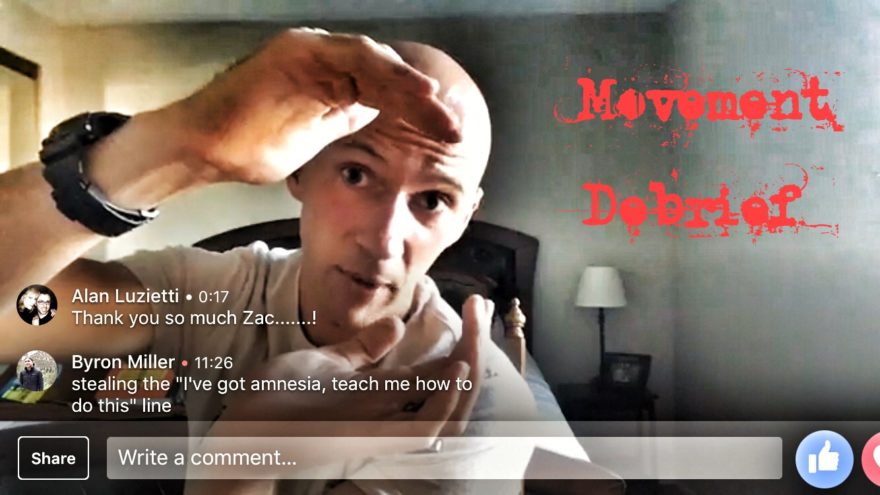Another Course in the Books As an official Ron Hruska groupie, the tour continued to the Big Apple to learn a little Postural Respiration. And in NYC, everything is bigger. The biggest city I had prior been exposed to was Chicago. The cities feel similar, only NYC has twice as many people on the same size streets. I felt like this course was one of my less understood areas in the system, as Respiration was my first live PRI course. Taking this class the second time around really cleaned up a lot of things for me, and Ron was on point as always. So let’s dive into the cranium…I mean pelvis….I mean thorax. Oh sorry, wrong course. Laying the Foundation The three foundational courses aim to inhibit tone, twist, torque, and tension in the human system by various methods. In Myokinematic Restoration, mastering the frontal plane with both legs inhibits the system. In Pelvis Restoration, active leg adduction inhibits the system. In Postural Respiration, trunk rotation inhibits the system. When these powers combine, the goal is to simultaneously maximize phases of gait and respiration. This development allows for total-body freedom to move, breathe, live, and create amidst our incessant desire to run on our built-in right stance autopilot. There is nothing wrong with right stance, but it becomes wrong when it is all you know. “There is nothing wrong with half the gait cycle until it becomes the full gait cycle.” ~Ron Hruska. Make a Memory – The Zone of
Read More


